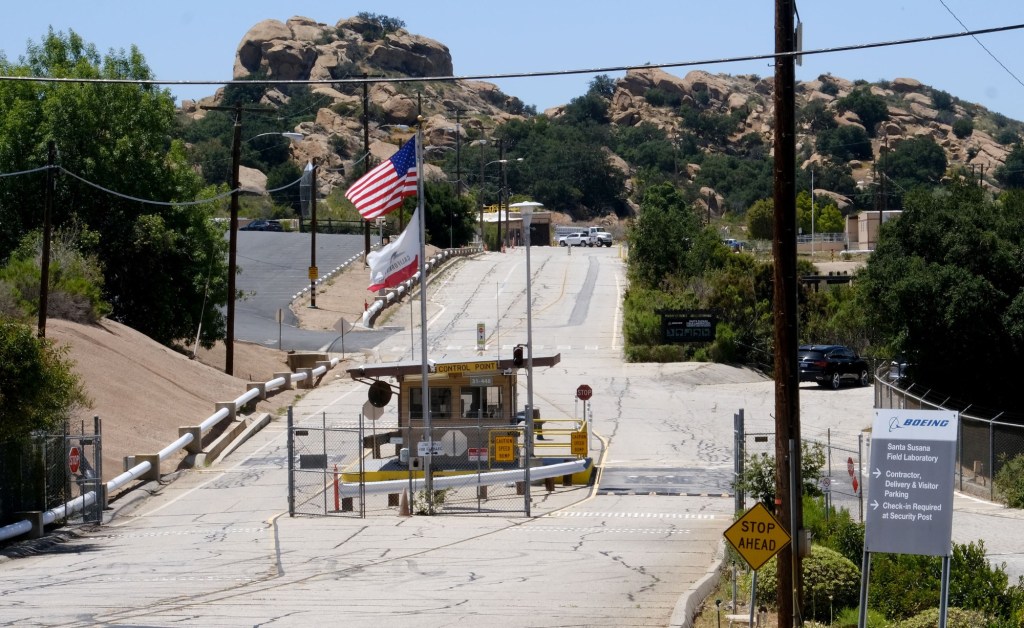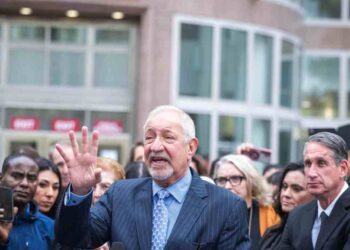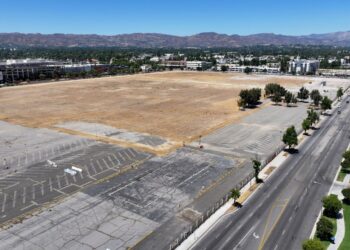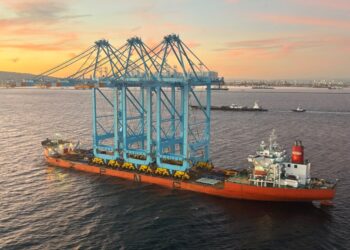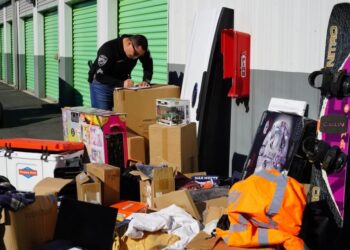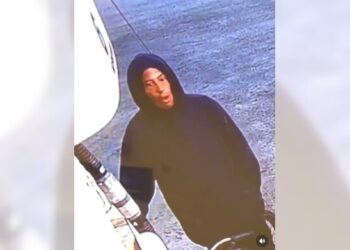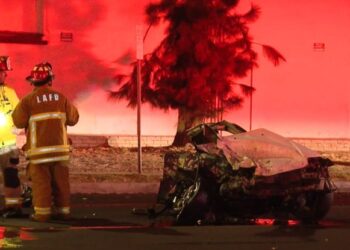A watchdog group issued a report last month saying that two highly toxic chemicals are not being monitored at the Santa Susana Field lab and potentially can leak into the Los Angeles River. Local water officials, however, say they’ve since responded to the report and are working on addressing the issues raised and that PCBs are not leaking into the river or groundwater.
The report — issued by the Public Employees for the non-profit Environmental Responsibility, or PEER — said California’s public health agencies have failed to monitor the decades-long use and migration of the chemicals at the Santa Susana site that sites atop hills between the Simi and San Fernando valleys.
“We do not know how much PFAS has already run off Santa Susana or penetrated the aquifer used to grow crops in Ventura County,” said Pacific PEER Director Jeff Ruch, adding that PEER has filed a lawsuit over the site’s cleanup. “Santa Susana’s forever chemicals may already be in Southern California’s food chain, and they will not magically disappear.”
Staff with the Los Angeles Regional Water Quality Control Board, the state agency that oversees the water pollution discharge from the site, said the agency has been working on addressing the issues mentioned in the PEER report since its release in September.
Experts say the 2,668-acre Santa Susana field is one of the nation’s most polluted areas, sitting at the headwaters of the L.A. River and surrounded by nearly 700,000 residents. Boeing and the federal government own the site.
In its report, PEER alleged the Santa Susana area is probably leaking polychlorinated biphenyls, or PCBs, and per- and polyfluoroalkyl substances, or PFAS. Those pollutants are dubbed “forever chemicals” because they are highly persistent and last thousands of years. PFAS are associated with a wide range of human health risks such as cancer, hormone disruption, liver and kidney damage, developmental and reproductive harm, and immune…
Read the full article here

